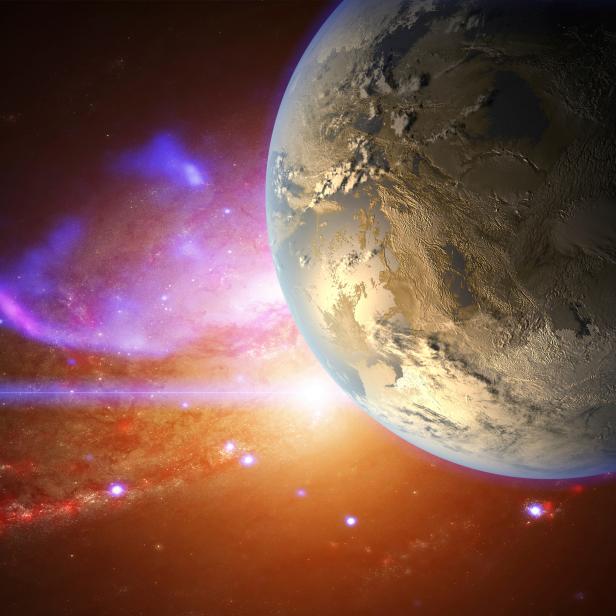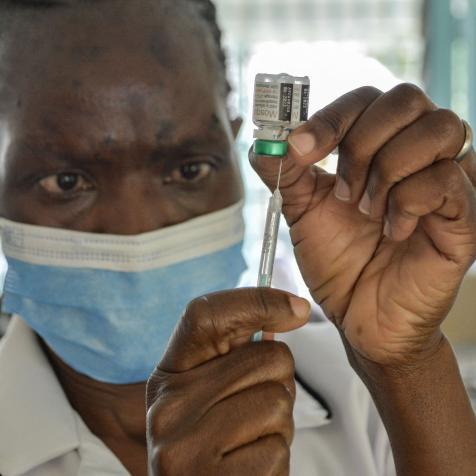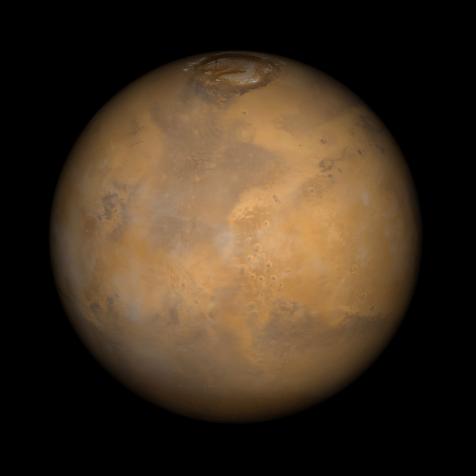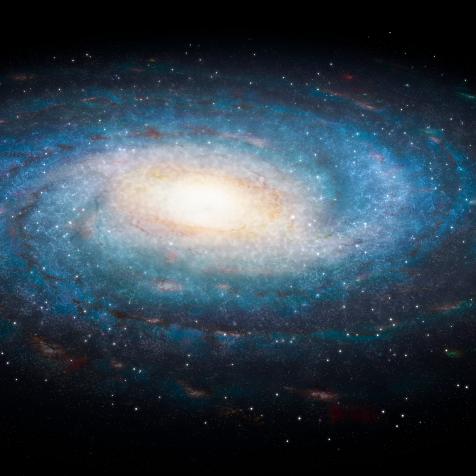
WLADIMIR BULGAR/SCIENCE PHOTO LIBRARY
Welcome to K2-18b, Our Neighboring Celestial Oasis
K2-18b — our celestial neighbor — may contain the building blocks for life.
A galvanizing moment in the search for alien life, as astronomers have for the first time, discovered water in the atmosphere of a planet orbiting within the habitable zone of a star. While studying worlds beyond our solar system, astronomers have discovered a “super-earth” and it’s just 111 light-years away. Lead scientist, Professor Giovanna Tinetti of the University College London (UCL) described the discovery of K2-18b as “mind blowing.”
K2-18b was first discovered in 2015 by NASA’s Kepler spacecraft. The exoplanet is more than eight times the mass of earth, 2.3 times the size in width, and has an orbit seven times closer to its star than the Earth gets to the sun. However, K2-18b revolves around an M dwarf (dim red star) — which is much smaller and dimmer than our own sun. Thus, placing the planet in the star’s potentially life-supporting zone and apparently at the right distance for liquid water to exist on the planetary surface.
Over the course of the past 2 decades, scientists have discovered thousands of exoplanets orbiting distant stars — some indicating the prescience of an atmosphere. While astronomers have spotted signs of atmospheric water vapor on a handful of these planets, these water worlds have been ruled uninhabitable for life as we know it.
Utilizing the Hubble Space Telescope, astronomers have revealed that K2-18b’s atmosphere contains water vapor. Crude models predict that K2-18b’s effective temperature falls somewhere between -100 and 116-degrees Fahrenheit. To put this perspective, in 2018, NASA announced the discovery of water vapor in the atmosphere of WASP-39b — a massive planet approximately the size of Saturn. However, it was discovered that WASP-39b yields an average temperature of 1,430 degrees Fahrenheit.
Angelos Tsiaras of University College London's Centre for Space Exochemistry Data (CSED), determined that K2-18 b's atmosphere is comprised between 0.01% and 50% of water vapor. This substantial range makes illustrating the exoplanet difficult. It could be completely flooded, or possibly a world containing lakes, vast oceans, and a lot of exposed land.
“This is the only planet right now that we know outside the solar system that has the correct temperature to support water, it has an atmosphere, and it has water in it—making this planet the best candidate for habitability that we know right now,” University College London astronomer Angelos Tsiaras, a coauthor of one of the two studies, said during a press conference.
Within 10 years, space telescopes might be able to determine whether K2-18b's atmosphere contains gases that could be produced by living organisms.


















